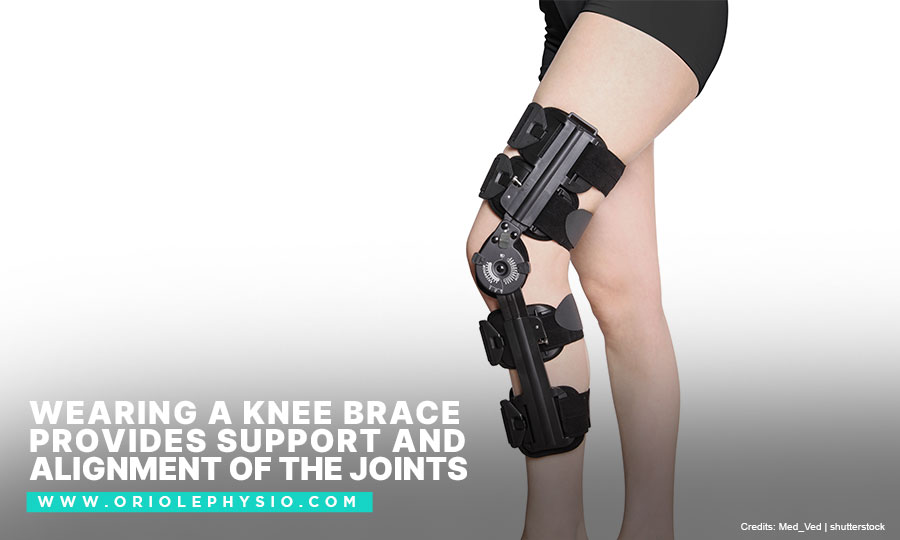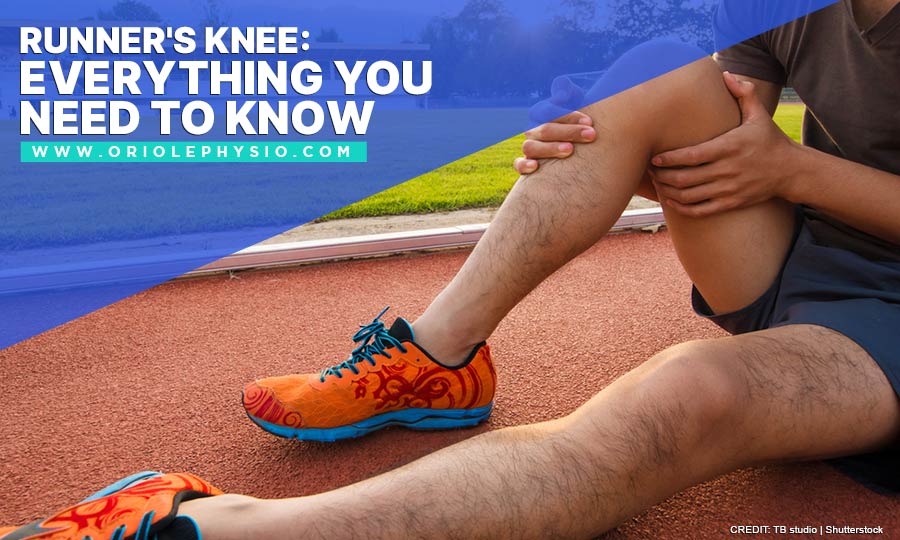Runner’s Knee: Everything You Need to Know
Running is a good way to boost our overall health and maintain a healthy weight. It helps improve heart, muscle, and bone health. While running is an enjoyable form of exercise, knee pain can stop you in your tracks.
Runner’s knee is not exclusive to runners only. This health condition is a broad term used to depict several knee-related injuries. Many athletes, including runners, dread the runner’s knee injury as its recovery period can vary and in some cases, can be potentially lengthy. Knowing the factors that have caused the problem, its symptoms, and proper treatment options can help you manage the runner’s knee pain.
What Causes Runner’s Knee?
The pain caused by a runner’s knee is due to various factors, including improper running techniques, irritation of the soft tissues or lining of the knee, torn or worn cartilage, or strained tendons. Below are other causes that contribute to the problem:
- Overuse
Overuse and repetitive motions comprise about 75% of the total running-related injuries. Repetitive knee bending and high-stress exercises can cause inflammation of the surrounding tissues and in your kneecap.
- Trauma
A physical blow or a fall can directly cause knee injuries and damage your kneecap and its surrounding tissues.
- Malalignment
Having a misaligned bone between the hips and ankles can result in increased pressure on specific spots. This affects the kneecap’s ability to move smoothly through its groove, causing inflammation and pain.
- Unbalanced or weak thigh muscles
Quadriceps are large muscles located in front of the thighs that help keep the kneecap in place whenever you bend or stretch your joint. When the quadriceps muscles become too tight or weak, it affects the natural positioning of the kneecap.
- Chondromalacia patella
The chondromalacia patella is a medical issue that causes the cartilage located beneath the kneecap to break down
- Feet-related problems
Certain foot-related problems, such as overpronation (rolling your foot down and inward when walking), flat feel, and hypermobile feet (occurs when the joints found in your foot exceed its natural movement) can result in inflammation and knee pain.
What Does Runner’s Knee Feel Like
Among the most common indication that you may be suffering from a runner’s knee is dull, aching pain around or behind your kneecap. The pain can be felt whenever you walk, climb the stairs, squat, kneel, run, stand up, and even when you sit. You can also notice swelling, popping or grinding in your knees.
Other runner’s knee symptoms to watch out for include:
- Tenderness of the kneecap when you touch it
- Pain caused by prolonged sitting
- Pain on the inside of the knee whenever you engage in physical activities
- Clicking sounds when you straighten or bend your knee
Take these symptoms as your quick guide and visit a trusted North York physiotherapy clinic for a thorough consultation.
Diagnosing a Runner’s Knee Pain
To ensure you get the right diagnosis, a medical professional must rule out other health issues, such as jumper’s knee (patellar tendinitis), iliotibial band friction syndrome, and meniscus tear. If all symptoms consistently appear similar to a runner’s knee, the physician will determine the underlying cause that contributed to knee pain. While getting the precise cause of the runner’s knee pain, the physician can assess your medical and sports history, physical examination, imaging, and biomechanical assessment (flexibility, strength, and running technique).
How to Relieve the Pain of a Runner’s Knee

Pain and discomfort associated with a runner’s knee can affect your quality of life. While getting professional treatment, there are also several things you can do to alleviate the pain.
- Rest your knee.
Avoid activities that can worsen the pain and discomfort of the knee, such as running, lunging, squatting, standing, and prolonged sitting.
- Apply Ice
Apply ice on the affected knee for 20 to 30 minutes every 3 to 4 hours for 2 to 3 days or until the painful symptoms are gone.
- Wrap your knee
Wrap your knee with an elastic bandage, patellar straps, or sleeves to help provide additional support.
- Elevate your leg
Use a pillow to elevate your leg when sitting or lying down
- Take NSAIDs
Taking non-steroidal anti-inflammatory drugs (NSAIDs), such as ibuprofen or naproxen helps relieve pain and swelling. However, these pain relievers come with side effects, increasing your risk of bleeding and ulcers. Refer to the instruction on the label, unless your physician says otherwise.
- Do stretching and strengthening exercises
Your medical health provider may recommend a physiotherapist to teach you the proper runner’s knee stretches and exercise as part of the rehabilitation process.
- Try arch supports or orthotics for your shoes
Using orthotics can help with the position of your feet. You can easily purchase them at the store or have them custom-made.
- Lose Weight

Being overweight to obese can put more pressure on your knees. Shedding extra pounds helps reduce the stress, relieving pain and discomfort in your knees when engaging in physical activities or sports. Run on relatively soft surfaces whenever possible.
- Rehabilitation
Rehabilitation is an important part of the treatment of a runner’s knee. People struggling with a runner’s knee, who got rehabilitation, found relief from their symptoms. Physiotherapists will design a personalized program or stretching and strengthening exercises to address the root cause of the problem and guide you throughout the rehabilitation period.
Other runner’s knee treatments include:
- Wearing a custom-made knee brace for running and support
- Undergoing a surgical procedure to remove the damaged cartilage or realign the patella if necessary.
These tips can help relieve painful knees, helping you engage in physical activities without a problem. If you continue to experience the symptoms of runners’ knee, get treatment immediately to prevent further injury and enjoy what you love—running.
To book an appointment with a professional physio in North York, call Oriole Physiotherapy & Rehabilitation Centre at 416-221-0772. You can also fill out our contact form to send us your message or queries.

